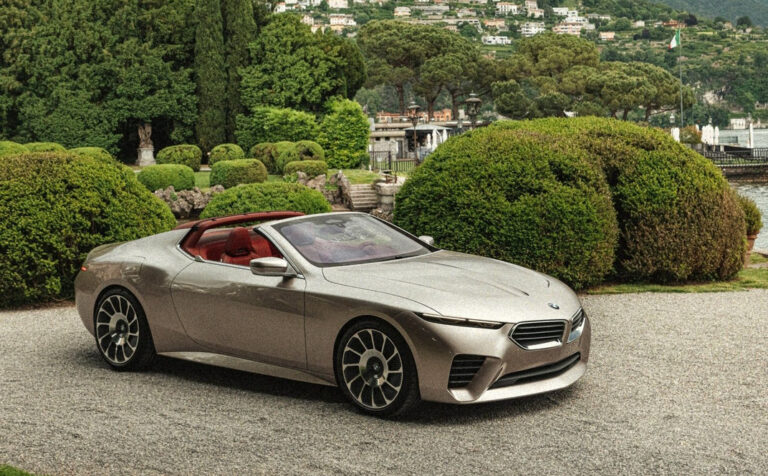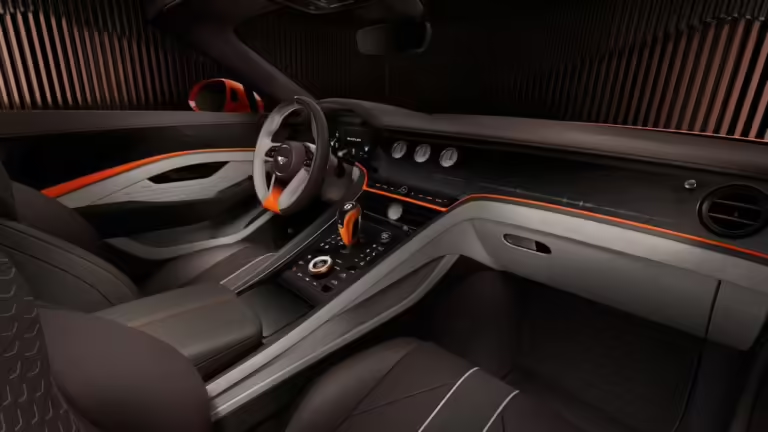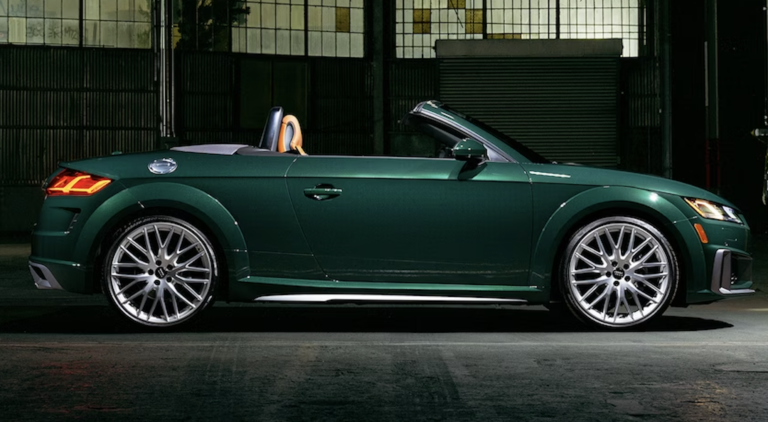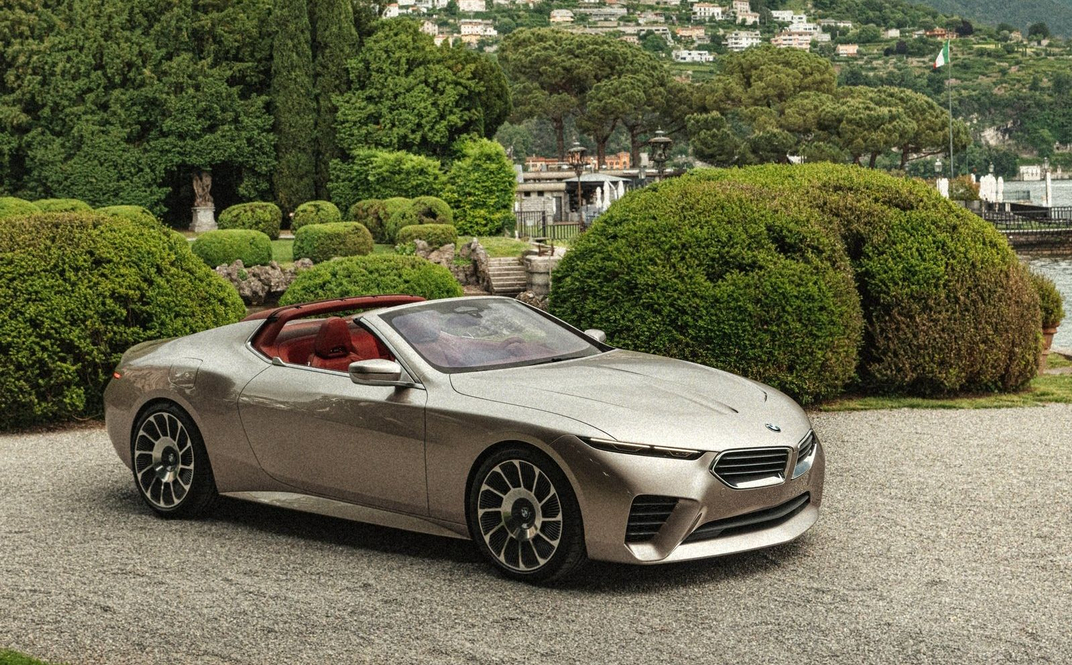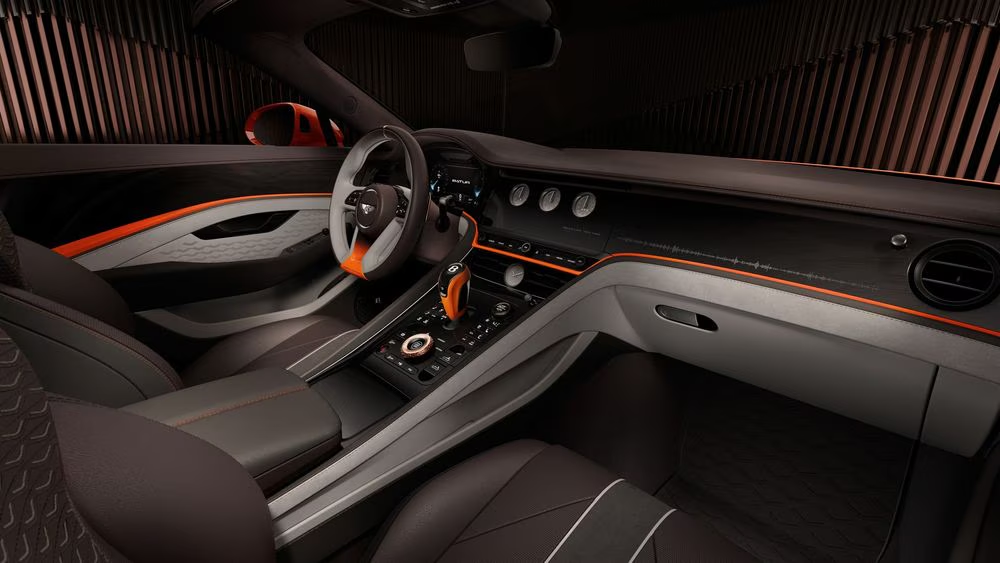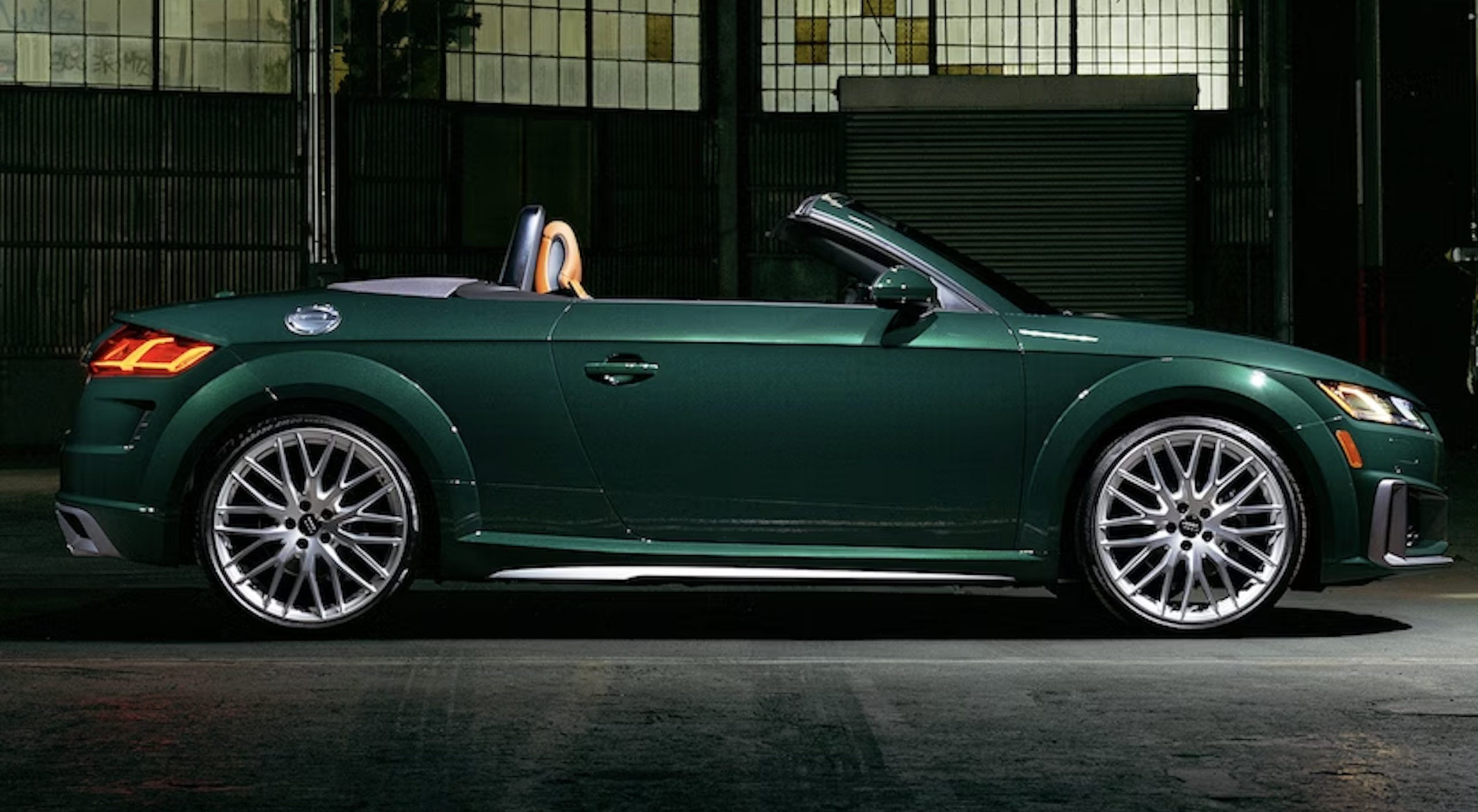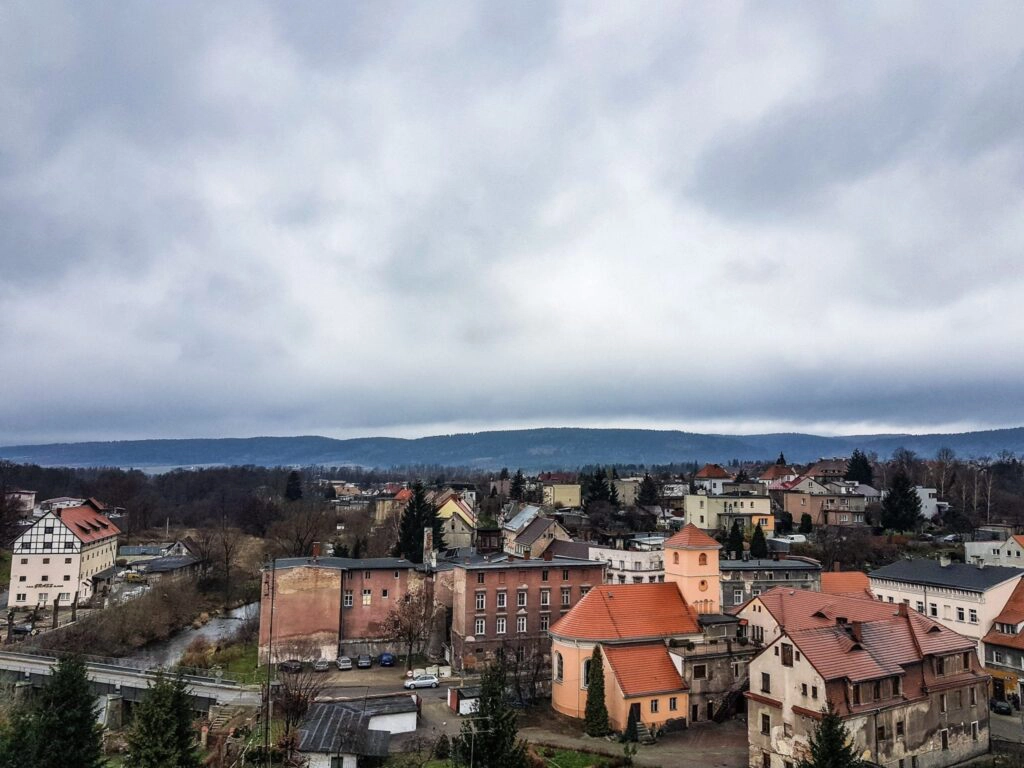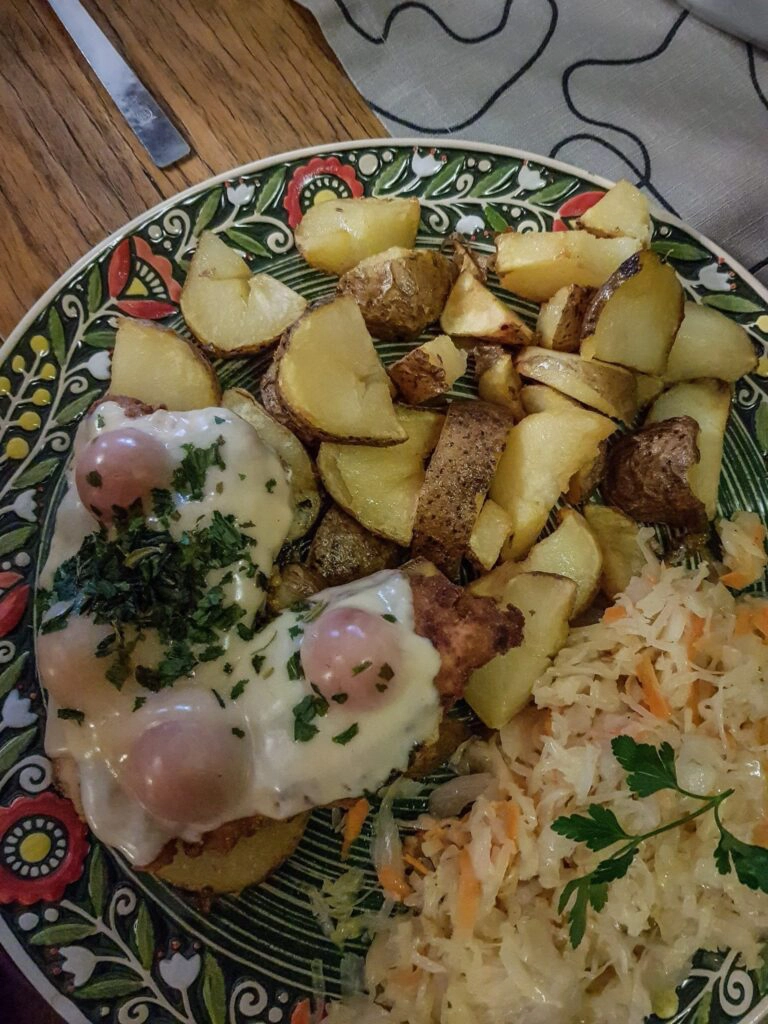Magical Klodzko Land

Redakcja Cabrio Magazyn
November 15, 2019r.
Similar from this category
21 June, 2024
13 November, 2023
01 November, 2023
BMW Skytop Concept. Luxury Targa in limited edition
21 June, 2024
AUDI TT FINAL EDITION or the end of a design icon
13 November, 2023
DS MANAGER. HAPPINESS AND POSITIVE VIBES WITH PARTNERS
01 November, 2023
Time for the first entry 🙂
From Greater Poland, we move to the Lower Silesian Voivodeship, more precisely to Bystrzyca Klodzka and its close vicinity. Interestingly, the city’s name alludes to its location by “rapid” water, as the word Bystrzyca means a rushing mountain stream. I don’t know if you have this too, but I like to know where a particular place name came from.
On the first day we arrive quite late to the village of Dlugopole – Zdroj, where we sleep in a very beautiful tenement house, which has been converted into an accommodation facility named Postal Cat . Dlugopole – Zdrój is one of five spa towns in the Kłodzko region.
We start the second day with a visit to the market in Bystrzyca and meet a man who knows everything about Bystrzyca. Krystian is the Boss Association of Friends of Bystrzyca Klodzka I recommend taking a peek at their website you will see what fantastic things they organize in their region. But coming back to Bystrzyca Klodzka itself, you can see that the city is a bit forgotten weather is not in our favor so the town looks gloomy. At first glance, you can see that the urban layout is reminiscent of the Middle Ages, and I like it terribly because I’ve only seen a similar layout a few times and it impresses every time. Heading to the market we see a richly decorated column of the Holy Trinity. The column was made in 1736 by Silesian sculptor Anton Jörg. Walking further, we see beautiful townhouses that are waiting to be restored. During our visit we come across a beautiful City Hall with a tower, which is a landmark of the city. It is located in the very center of the square, but just now it was under renovation so we hope that on our next visit it will look impressive. Walking further we come across the knight’s tower and the city walls, which we climb. The view from the walls to Bystrzyce is impressive. I like to look at the mountains it always calms me down). In Bystrzyca we can still visit some interesting places depends on who likes what, but min: the Gothic church of St. Michael the Archangel from the end of the 13th century, the chapel of St. Francis Xavier from 1681, the statue of St. John of Nepomuk from 1704, the church of St. John of Nepomuk from 1833, the chapel of St. Florian from the 18th century. Of the more interesting places is Museum of Philumenism supposedly the only one in Poland, there may be something to it because I’ve never seen such a place before. The collection of matches, lighters, fire-related exhibits and labels is truly impressive. In the museum there is a store. I recommend especially for those who collect lighters or matches. There is one more interesting exhibit in Bystrzyca, namely the pillory or cat’s tool its appearance can be perceived ambiguously, but if you are already here it is mandatory to take a selfie.
Krystian introduces us to one of the curiosities that is planned in Bystrzyca. It is planned to open an underground under the market square in Bystrzyca Klodzka, which hides a lot of secrets (for example, it was a prison in the past)
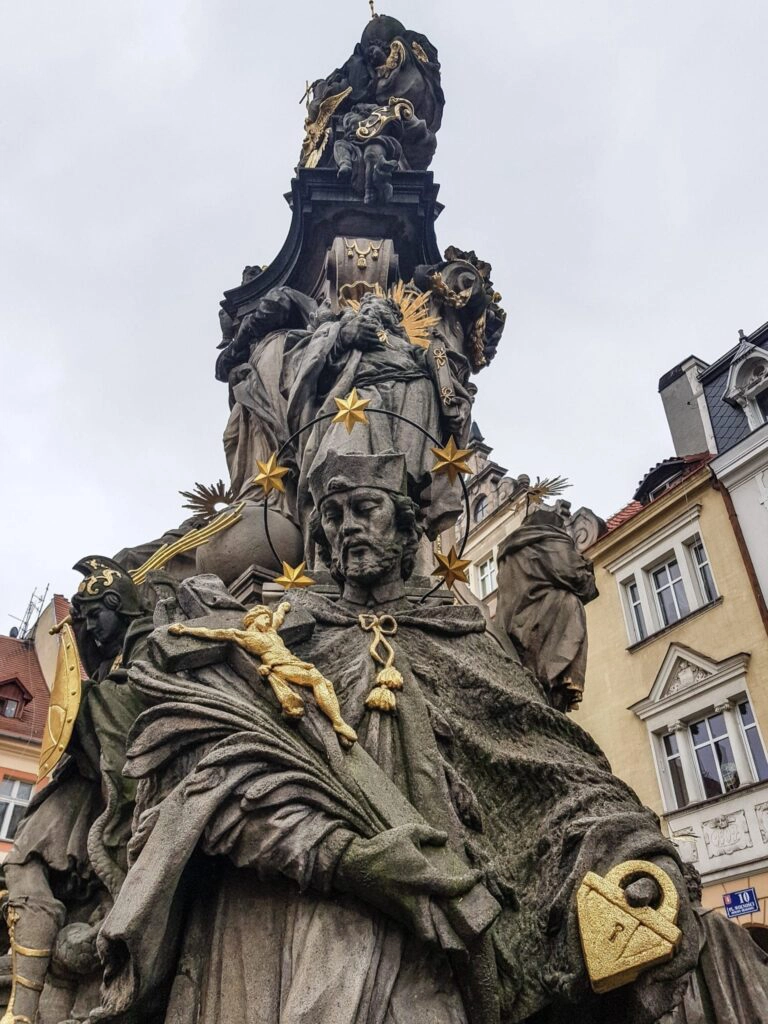
We start the second day by going to the village of Miedzygorze a small mountain village but very cozy with a waterfall and a stream, the stone buildings look very interesting. The village is prepared tourist well made trail along the creek, and at the end of the trail there are balconies overlooking the waterfall looks quite interesting. The next town on our route is Spalona, where we stop for lunch at the PTTK hostel , “Jagodna”. , which is located 811m above sea level in the Central Sudetes in the Bystrzyckie Mountains. If you will be passing through there it is a must eat here. The portions are huge beyond overeating, and the atmosphere is unique and indescribable. There are 57 beds in the chalet so quite a lot There is a ski lift and a ski stadium nearby, and in winter there are quite a few ski slopes. In Jagodna we settled in and unfortunately the weather spoiled our plans. The weather we had on the trip was rainy but windless unfortunately in Spalona a small gale broke loose and it started snowing so we had to change our plans. We had planned to climb Mt. Snieznik 1426m above sea level and visit there another PTTK mountain hostel on Snieznik unfortunately not everything we plan must be realized with nature is not won. But still, the trip was very pleasant. Back to Dlugopol – Zdroj, it was getting late so we decided to visit the former evangelical church in which there is now a cafe named Horus . The church ceased its function after World War II, and its history dates back to 1893. The place interesting in particular looks impressive from the outside.
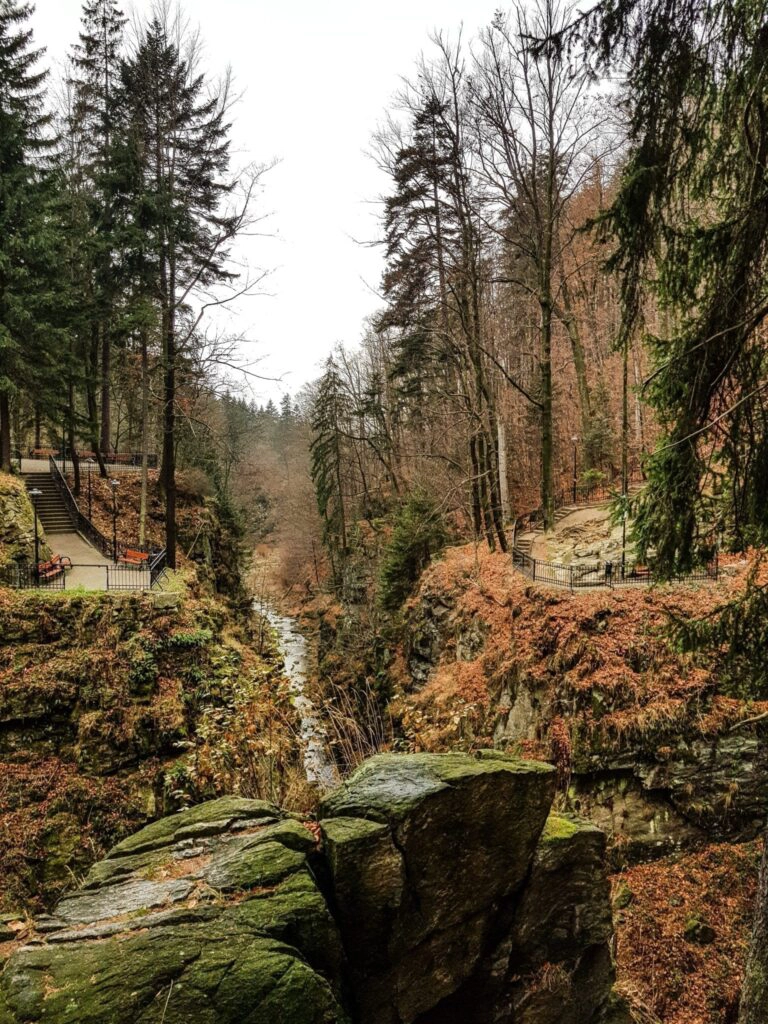
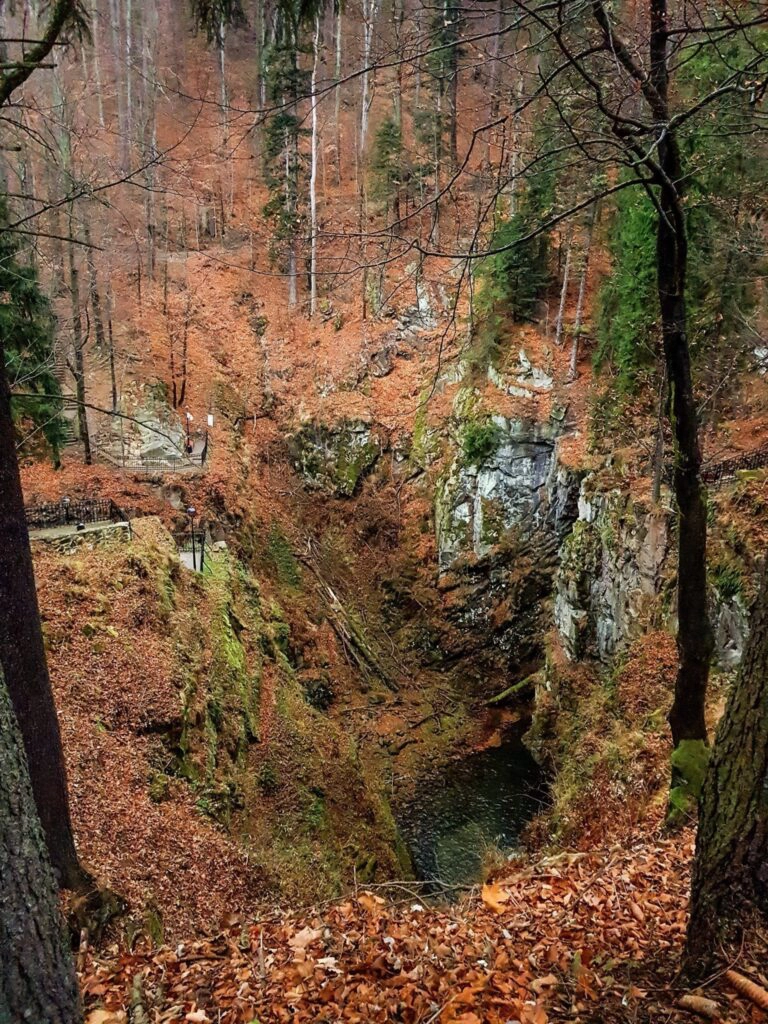
Day three was the time to leave, but also the time to visit Dlugopol-Zdroj itself, a very nice town with beautiful buildings dating back to World War I or even further. As the name says it is a spa town so there are a fair number of pensions, hotels and accommodations. In Dlugopol – Zdroj I find, among other things, the Spa House, where we can drink the spa water, we can also sit and relax waiting for the magical effects of water, in addition to the spa house we have a spa park, Karol natural treatment facility, and in the spa park there is a spring from which we can also drink. We finish the tour and set off on the way back but I remembered that Krystian mentioned his home village of Gorzanow, where the Palace is located we decided to go off the route of course it was not without adventures. Navigation led us through the worst possible angles but we managed to reach the Palace in Gorzanów. The history of the castle buildings may date back as far as 1460r,. Probably around 1845, the Palace was built from the remaining materials of the castle, which still stands today its history is very turbulent, which you can read about here: www.palacgorzanow.pl. Entering the Palace, we see more than a dozen workers laying brick, painting and moving elements work going on 24 hours a day. Wandering around the palace, we meet the owner Mr. Mark, who shows us around the corners of the Palace telling us his story. Marek Haisig is a man of great passion for history, and even greater patience and determination in the fight to save such a beautiful monument. The entire complex includes a church, chapels, manor complexes, stately farmsteads and wayside shrines. The numerous vaults, chambers, ballrooms are quite impressive, all the more so seeing how the rooms are damaged and how they have been rebuilt. If you are in the area of Bystrzyca Klodzka remember to come here, visit and leave a zloty for the restoration of this fantastic place.

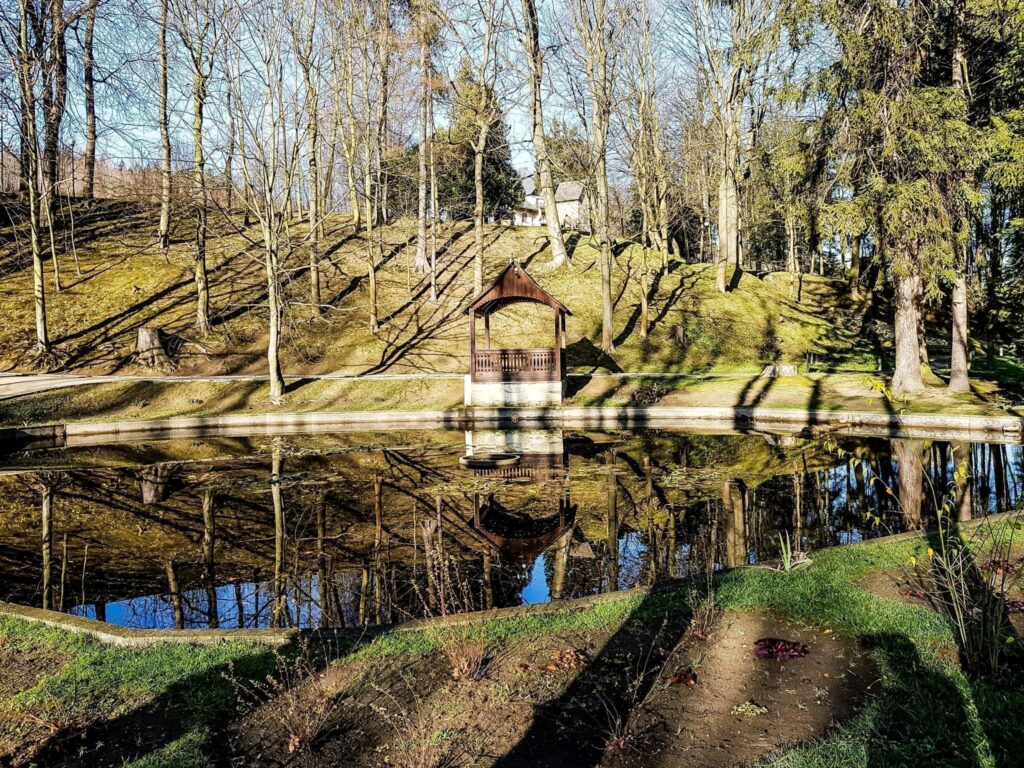


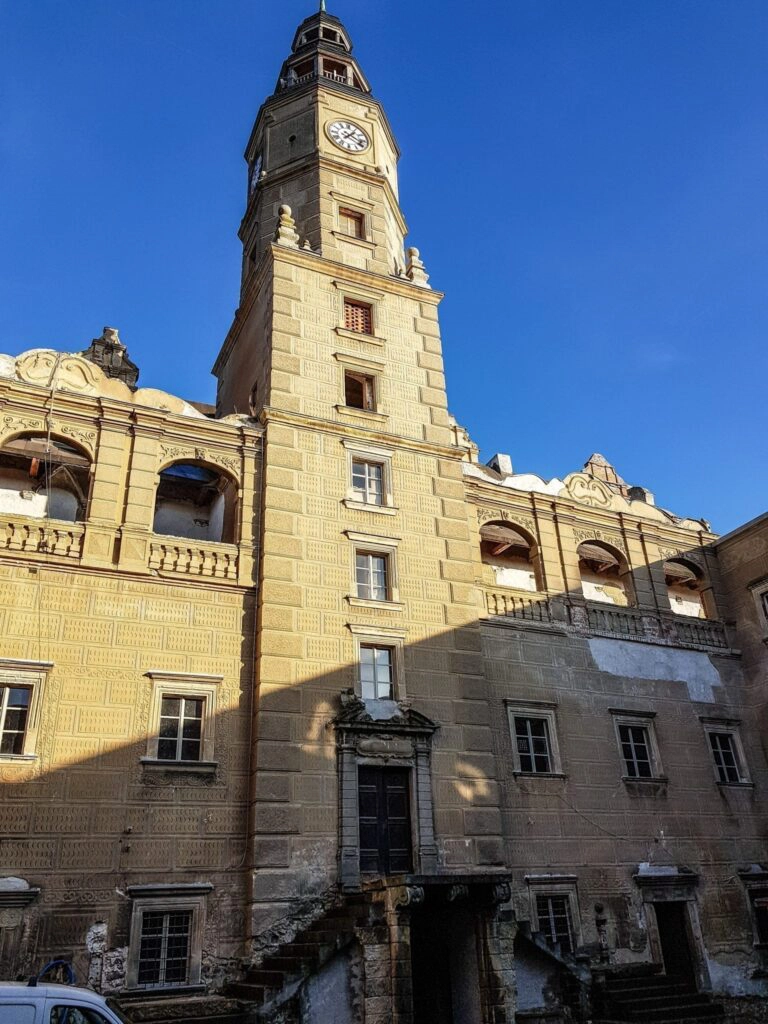
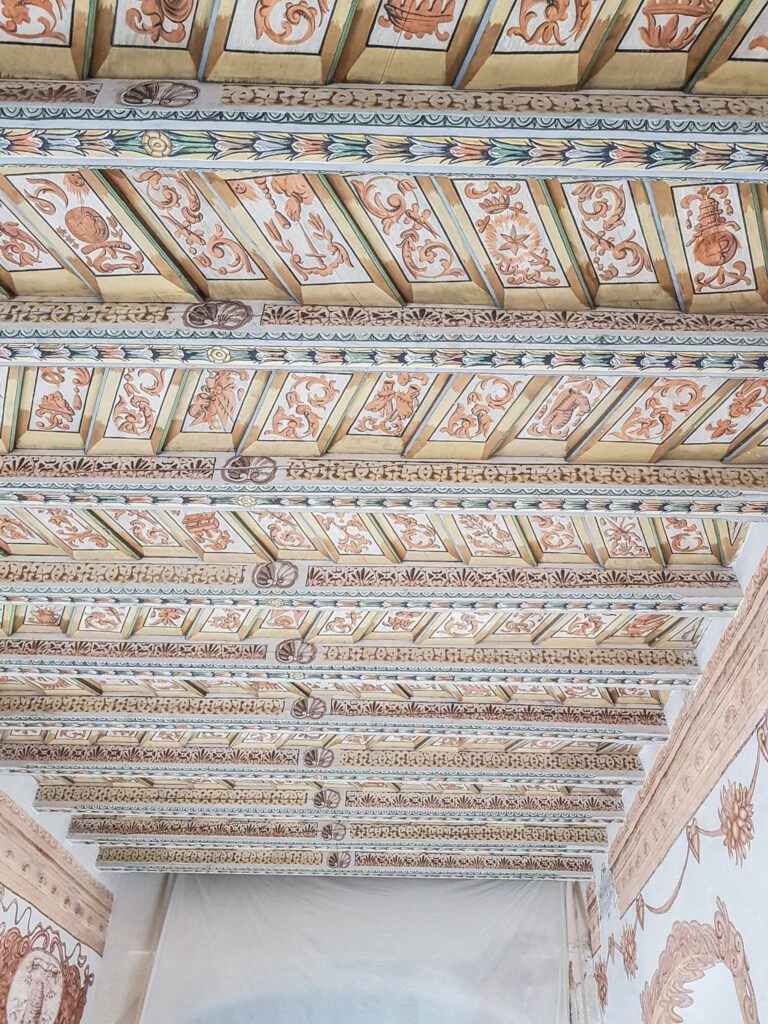

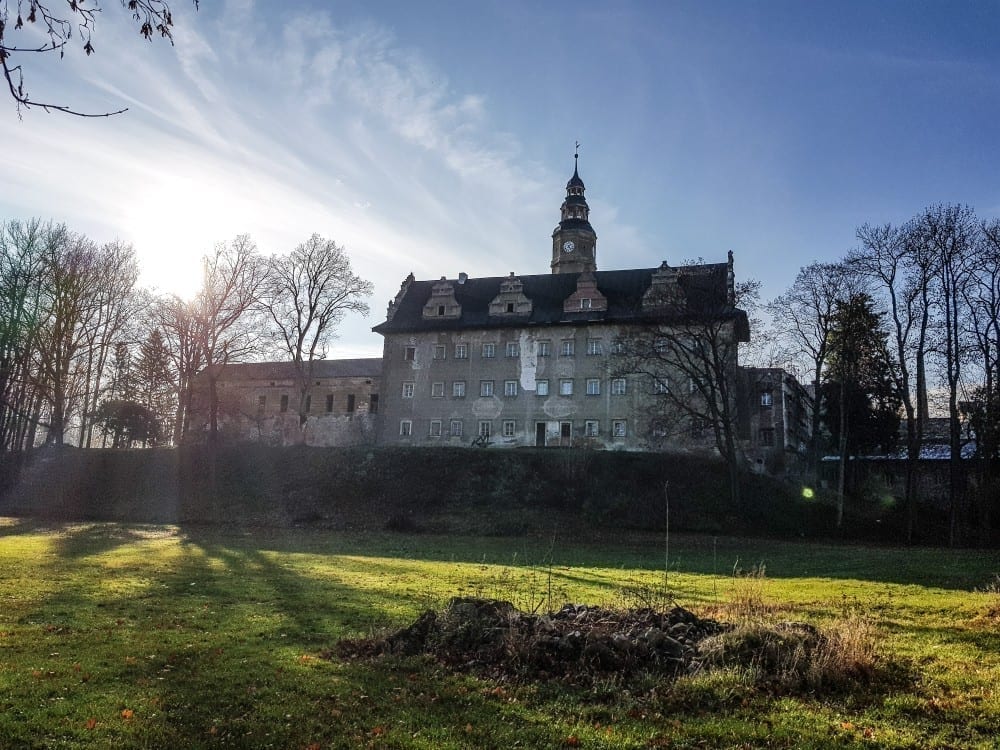
Ps. I hope you enjoyed my first entry. By clicking HERE will take you to my Instagram under the post about Bystrzyca you can share your thoughts with me. See you there!
